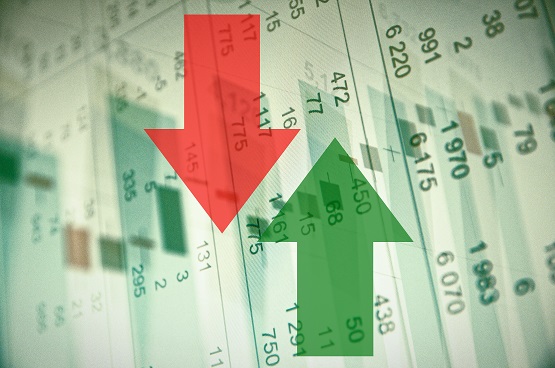
Recently, the gold price corrected by ~10% after peaking in October. The bullion had risen 67% during the year, which is the best rally the metal has ever seen in any year. Over the past three years, gold has delivered consistent gains, rising 13% in CY23 and 27% in CY24 in dollar terms.
While the Russia-Ukraine conflict, which began on February 24, 2022, initially did not lift gold prices, it did weigh on equity market performance. However, as the conflict continued to intensify, and the war between Israel & Hamas began in October 2023, gold prices started to increase as a reflection of rising geopolitical risk and demand for safe-haven assets.
Gold’s rally continued through 2024, supported by steady central bank purchases, particularly from China and India, as part of efforts to diversify reserves and reduce reliance on the U.S. dollar. This trend deepened as investor buying also increased with a change in the global economic outlook and risk. The economic outlook moderated due to high inflation, and the Fed shifted its qualitative policy from easy to tightening. The Fed rate increased from 0.25 per cent in March 2022 to 5.50 per cent in July 2023 to win over the inflation, which had been persistently high since 2020. These factors strengthened the US dollar; the DXY index peaked at 110 in late 2024.
Heightened geopolitical tensions, subdued economic prospects, and limited opportunities in equity markets (other than AI) further spurred speculative interest in gold. While equity investments saw reduced inflows, the overall global financial environment remained stable, supported by gains from the post-pandemic recovery of the economy & financial market and continued fiscal expansion in a highly election year. Consequently, speculative momentum extended beyond gold, silver and Bitcoin.
In 2025, the view on the US dollar and Fed policy reversed. The US dollar began to weaken, and the Fed thought that further tightening was not required. This policy reversal proved favourable for gold, coinciding with renewed global uncertainty triggered by escalating tariff wars, which heightened caution around the global economic outlook and risk sentiment. The U.S. dollar weakened against other major currencies due to factors like high U.S. debt levels and expectations of U.S. Federal Reserve interest rate cuts. A weaker dollar makes gold cheaper for holders of other currencies, boosting international demand. The “de-dollarisation” trend, where countries seek alternatives to the dollar for global trade and reserves, supported gold’s appeal. Rate cuts made non-yielding assets like gold more attractive. The Fed rate has been reduced to 4.0%, and more cuts are expected in 2026.
Risks to gold price rally
Over the past three years, gold has surged by nearly 120%; however, sustaining this momentum remains challenging, raising risks of profit booking in the future. As understood, one of the biggest issues this year has been the new devil of tariffs. There are increasing signs that the U.S.’s protectionist trade stance may ease, following strong retaliatory measures from China that have adversely impacted U.S. companies and the broader economy. Lately, the narratives by Trump have moderated against tariffs, in expectation of a deal with China. India is also expecting a deal.
A mid-term election is expected in the US by the middle of 2026, which may reduce economically disruptive policies because of an increase in inflation. DXY, after touching a low of 96, is about to breach 100, which can be taken as a positive sign of the dollar stretching higher, which could be negative for international gold prices.
Gold’s loss, equities’ gain?
A key consideration for equity investors today is whether the emerging downtrend in gold prices could negatively impact the stock market. In India, however, the effect appears limited, supported by expectations of an earnings inflexion from Q3 onwards. If this really happens and the US Fed further cuts the rate in 2026 and the tariff threat reduces, equity could hold the maximum benefit with a correction in the haven asset.
First published in Mint







